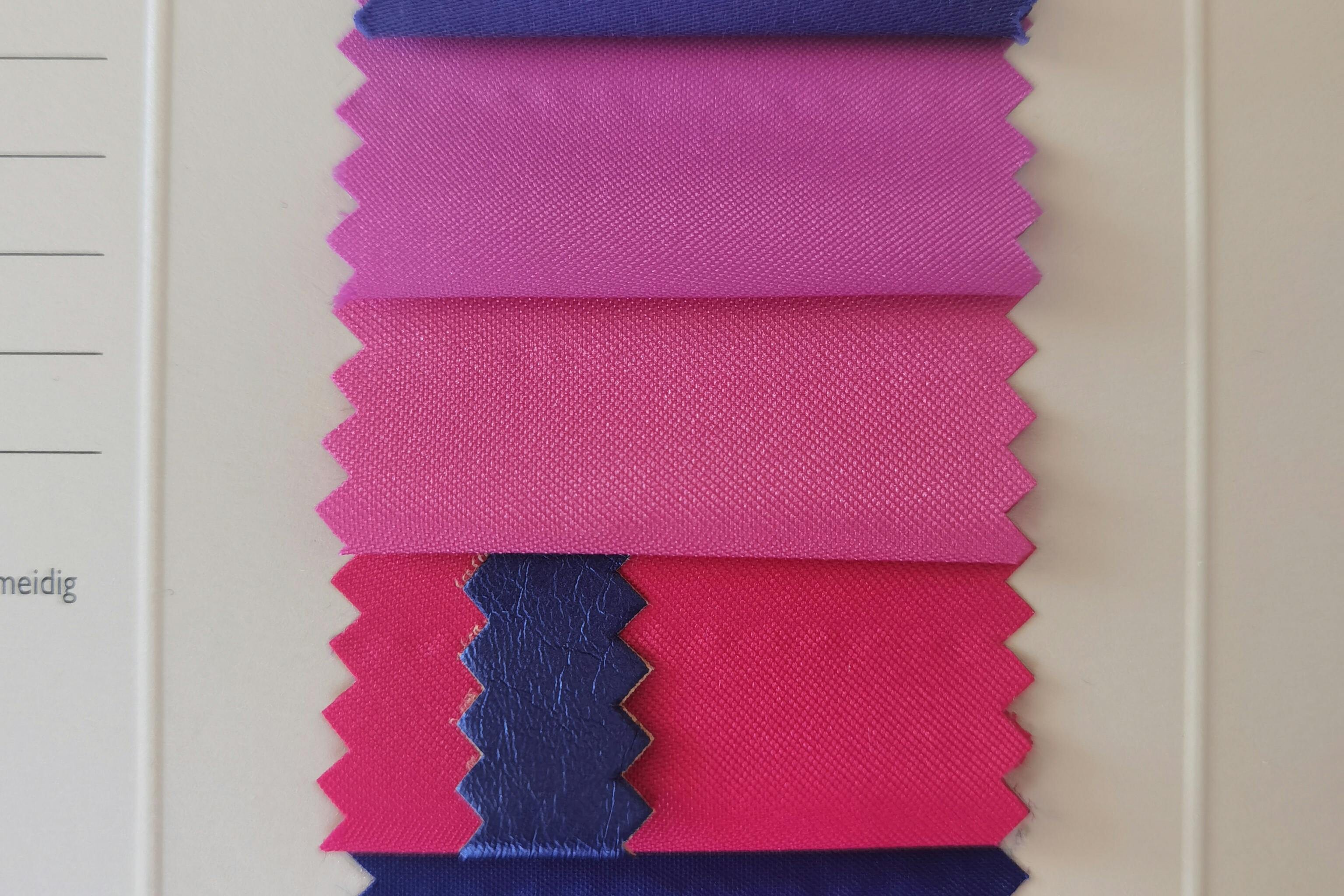Welcome to the wonderful world of weaving! If you’re new to this ancient craft, you might feel a bit overwhelmed by the variety of techniques and tools out there. But don’t worry—weaving is a skill that anyone can learn with a bit of patience and practice. In this guide, we’ll walk you through some basic weaving techniques that are perfect for beginners. By the end, you’ll have the confidence to start your first woven project, whether it’s a simple coaster, a small wall hanging, or a decorative piece for your home.
Before we dive into the techniques, let’s talk about the essential tools you’ll need. For most beginner projects, a simple frame loom is ideal. You can buy one online or even make your own with a picture frame and some nails. You’ll also need yarn or thread in various colors, a weaving needle (which is like a large, blunt needle), a pair of scissors, and a comb or fork for packing down the weft threads. Having these basics on hand will make your weaving journey much smoother.
Now, let’s get started with the foundational technique: the plain weave. This is the simplest and most common weaving method, where the weft thread goes over and under the warp threads in an alternating pattern. To begin, set up your loom by securing the warp threads vertically. Then, take your weft thread and weave it horizontally, going over one warp thread and under the next across the entire row. For the next row, reverse the pattern—if you went over a warp thread in the previous row, go under it this time, and vice versa. This creates a tight, even fabric that’s great for practice. Repeat this process until you’ve built up a few inches of weaving, using your comb to gently press each row down for a neat finish.
Once you’re comfortable with the plain weave, you can experiment with other beginner-friendly techniques like the soumak stitch. This adds texture and a braided look to your weaving. To do the soumak, wrap the weft thread around two or more warp threads in a figure-eight pattern, moving from right to left (or left to right, depending on your preference). It’s a bit like braiding, and it creates a raised, rope-like effect that can make your project stand out. Practice this on a small section of your loom to see how it enhances the design.
Another fun technique to try is rya knots, which are perfect for adding fringe or tassels to your weaving. To make a rya knot, cut a piece of yarn about 6-8 inches long, fold it in half, and loop it over two adjacent warp threads. Then, pull the ends through the loop and tighten. You can create rows of these knots to form a shaggy texture, ideal for wall hangings or rugs. Start with a few knots at the bottom of your weaving to get the hang of it before incorporating them into larger areas.
As you practice these techniques, remember that weaving is all about rhythm and repetition. Don’t be afraid to make mistakes—they’re part of the learning process! If a thread breaks or your tension feels off, simply undo a few rows and try again. Over time, you’ll develop a feel for the loom and how different yarns behave. To keep things interesting, mix and match techniques in a single project. For example, use the plain weave for the background and add soumak stitches or rya knots as accents. This not only builds your skills but also results in a unique, personalized piece.

When you’re ready to finish your project, carefully remove it from the loom. Trim any loose ends and consider adding a backing or hem to prevent fraying. Weaving is a versatile craft that can be applied to everything from fashion accessories to home decor, so let your creativity flow. For more inspiration, check out our other posts on advanced techniques or join a local weaving group to share tips and ideas. Happy weaving!




I love how you included the rya knots—they added such a fun texture to my wall hanging. Do you have any recommendations for projects that combine all these techniques?
Thanks for the clear instructions. I’ve been struggling with tension, but your tips on using a comb really made a difference. Any advice for choosing the right yarn for beginners?
This guide was so helpful! I just finished my first coaster using the plain weave, and it turned out great. Can’t wait to try the soumak stitch next.
As a total newbie, I found this post easy to follow. The step-by-step approach gave me the confidence to start. Looking forward to more beginner-friendly content!